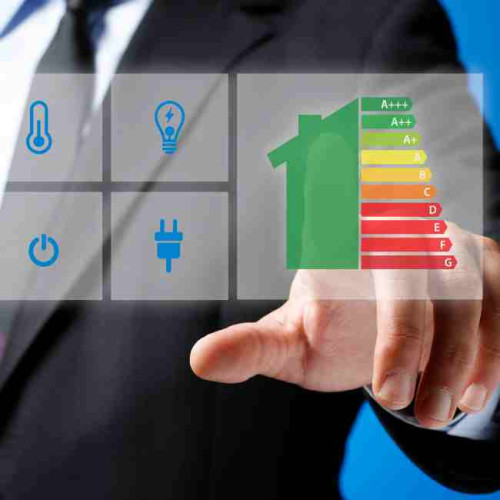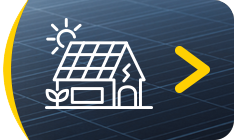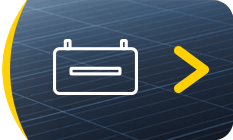- 05 Oct, 2017
- Solar Training , Self-consumption

In photovoltaics, solar installations for self-consumption appear as the ideal way to promote this technology further. Manufacturers, installers and public authorities are now lining up to offer consumers more extensive solutions, so everyone can benefit from this new development on the market.
Self-consumption: how does it work?
Generally, self-consumption is for producers to consume part of the electric energy produced in order to cover their own needs. For this purpose, they must determine the total value of the electrical production of their installation as well as the electrical requirements of the photovoltaic project. For EDF's distribution network subsidiary, the principle of self-consumption is based on linking the installation to the grid without the need for a production meter. The electricity produced is therefore consumed by the producer or injected free of charge into the distribution network. But self-consumption can also take place with installed meters provided that production and consumption take place at the same time. For isolated sites where the photovoltaic system is not connected to the network, the integrity of the electricity is not stored or consumed and is therefore lost automatically. If no storage system is in place, the producer / consumer must adapt his consumption to the production period. For this purpose, he must configure the electricity-consuming appliances so that they can adapt to production peaks periods. In any case, the use of the electrical network is always indispensable for nighttime consumption and especially when the sunshine captured by the solar panels is insufficient.
CONSUMPTION WITHOUT A STORAGE SYSTEM
For a pre-existing installation of photovoltaic system, some solar inverters can power electrical appliances. In this case, the parameters of the inverter must be changed so that the inverter can meet with the electricity requirements. In fact, it is essential to refer to the recommendations of the equipment manufacturer and possibly to a certified installer. In addition, the consumer can also set up a micro-inverter under certain photovoltaic panels in order to direct the energy produced by them for a specific consumption. To do this, you have to replace the solar panels and make a wiring while referring to the electrical protection. On the other hand, for a new installation without resale, the consumer will have to dimension his photovoltaic system so that the production is adapted to the maximum desired consumption, knowing that all the not consumed energy will be lost.
Take a look at the inverters for self-consumption available in the Alma Solar Shop.
CONSUMPTION WITH STORAGE SYSTEM
For a pre-existing installation, some types of inverters can make possible, as an option, to charge solar batteries. This solution, however, requires the installation of a suitable battery park and the installation of a dedicated converter. In the case of a new installation, the consumer must set up an isolated site system or a stand-alone solar installation. Check the solar batteries available in the Alma Solar Shop.











